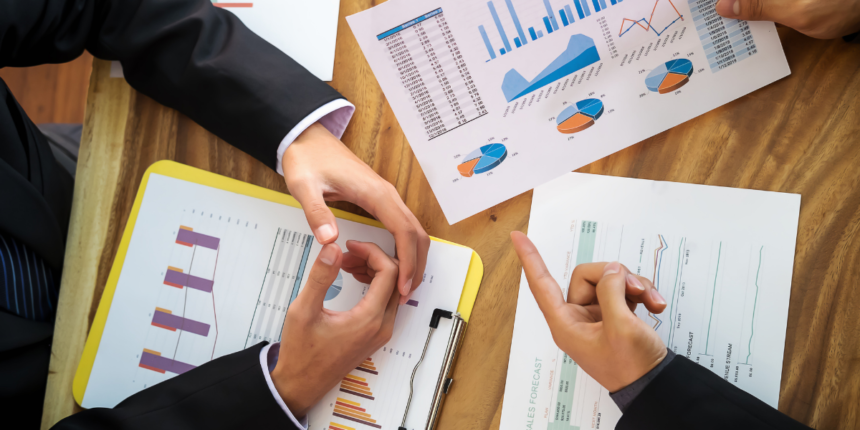Critical Materials Recycling, located in Boone, Iowa, is advancing the recycling sector by focusing on extracting rare earth materials from decommissioned wind turbines and various electronics. These materials, known for their conductive and magnetic properties, are crucial for modern technology. The company stands out by implementing unique recycling processes that many facilities overlook, preserving valuable materials that are often discarded. Their involvement reflects a growing interest in sustainability and technological efficiency.
Previously, similar efforts concentrated on extracting common metals like copper and aluminum from electronic waste, with rare earth materials frequently overlooked due to their challenging extraction processes. The reliance on international sources, particularly China, for these materials has emphasized the need for improved domestic recycling capabilities. The current initiative by Critical Materials Recycling represents a shift in focus toward harnessing less accessible resources, spearheading a more self-sufficient approach in the U.S.
What drives this innovation?
The U.S. Department of Energy recognized Critical Materials Recycling as one of six companies to receive significant funding through the Wind Turbine Materials Recycling prize. This prize, part of the Bipartisan Infrastructure Law, aims to support the transition to a carbon-pollution-free power sector by 2035. According to Dan Bina, the company’s president and CEO, the funding will accelerate their project, enhancing both speed and effectiveness.
“The prize will give us the funding to be able to do that initial leg work, and we’ll build a team to make it happen much sooner and probably much better,” Bina said.
How does the recycling process work?
In collaboration with Ames National Laboratory, Critical Materials Recycling employs an acid-free dissolution recycling (ADR) method. This environmentally friendly process minimizes waste and avoids the use of hazardous acids. Ikenna Nlebedim, a scientist involved in the process, highlighted its significance for U.S. sustainability and security.
“Recycling rare earth elements is crucial for the United States, particularly in the context of wind generators, electronic waste (e-waste), and electric vehicles,” Nlebedim said. “It helps reduce the environmental damage caused by mining and processing, conserves finite resources, and supports a circular economy by reusing materials.”
The recycling method involves breaking down components into feedstocks, which are processed through selective leaching to extract rare earth materials. This method not only captures rare earth elements but also enhances the recycling of other materials such as copper and aluminum, adding value to the process. The extracted rare earth solution is then purified to produce materials comparable to those available on the open market.
Looking ahead, the company plans to apply this technique to larger, more complex wind turbines, with hopes of integrating their processes into standard decommissioning plans for energy companies. Discussions are ongoing with potential partners to expand operations. MidAmerican Energy expressed its support for the project, indicating an interest in exploring new recycling opportunities.
“We look forward to seeing how the company develops and we embrace the potential for additional recycling and disposal options,” MidAmerican Energy’s statement noted. “The more options, the better.”
This initiative signals a significant step towards more sustainable resource management within the renewable energy sector. By focusing on rare earth material recycling, the U.S. aims to create a circular economy that ensures material sustainability and technological progress. The ongoing advancements in recycling technology promise increased self-reliance and reduced environmental impact, providing a strategic advantage as the country continues to build its renewable energy infrastructure.










